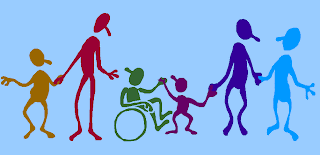Teaching is like a Fine Art; it takes time, care, and
nurturing to make sure it comes out just right. A student is like a teacher’s
blank canvas. When a teacher begins a school year the student is coming into
the class without a lot of knowledge as to what they will learn throughout the
year. It is the teacher’s job to mold and educate each student so they can
retain as much information as possible to be the best they can be. The teacher’s job is to make sure she tends to
any needs the child has like having to tend to a work of art to make sure it is
the way it should be and comes out the best it can.
I learned a lot throughout the semester but I would have to
say that I really enjoyed doing fieldwork and observing a second grade class. I
don’t think that I realized how hard a teacher’s job is and what each day
consists of. Having a class of about 20 children, all with different interests,
struggles, and needs can pose a huge struggle and job. The teacher that I worked
with handled these situations very well and the kids really seemed to respect her
and loved to learn from her. Throughout observing I learned different methods
of teaching, disciplining, testing, and making sure each student understood the
information presented to them. I really enjoyed taking this class and getting
the chance to do fieldwork.
I also
enjoyed the writing and reading the blogs. I was skeptical about blogging since
I hadn’t done it before, but I really did enjoy everything that came along with
it. My classmates taught me a lot of very interesting information about the
different topics and I really enjoyed reading what everyone had to say! With this said I still feel that teaching is not
the right career path for me.










